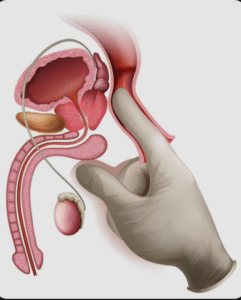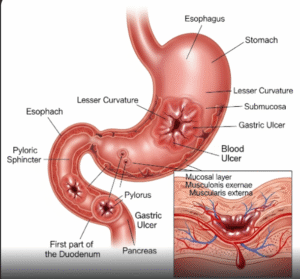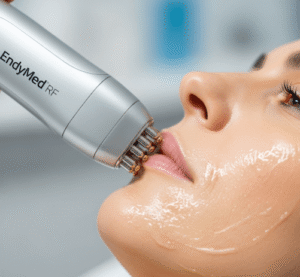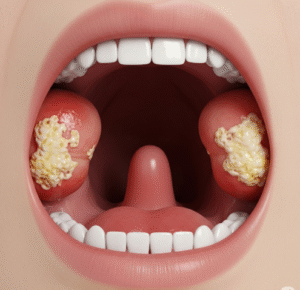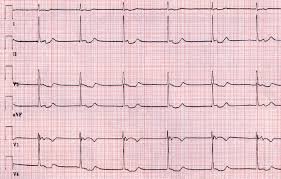Overview
Acromegaly is a rare but serious hormonal disorder that occurs when the pituitary gland produces too much growth hormone (GH) in adulthood, usually due to a noncancerous tumor. This excess GH causes abnormal growth of bones and tissues, particularly in the hands, feet, and face.
Because acromegaly develops gradually, it often goes undiagnosed for years. If left untreated, it can lead to life-threatening complications, including heart disease, diabetes, and high blood pressure. Early diagnosis and treatment can reverse or prevent many of the complications.
What is Acromegaly?
Acromegaly is an endocrine disorder caused by excessive secretion of growth hormone (GH) after the growth plates have closed (adulthood). It is most commonly caused by a pituitary adenoma, a benign tumor of the pituitary gland.
The condition leads to enlargement of bones and soft tissues, especially in the extremities and face. In rare cases, acromegaly can be caused by non-pituitary tumors (ectopic GH or GHRH secretion).
Symptoms
The symptoms of acromegaly typically develop slowly and may include:
- Enlarged hands and feet (ring or shoe size may increase)
- Facial changes (enlarged nose, lips, tongue, and jaw)
- Coarsened, thickened skin
- Deepened voice due to enlarged vocal cords
- Joint pain and arthritis
- Excessive sweating and body odor
- Fatigue and muscle weakness
- Headaches
- Vision problems (due to pressure on the optic nerves)
- Enlarged internal organs (heart, liver, kidneys)
- Carpal tunnel syndrome
- Irregular menstrual cycles or erectile dysfunction
Causes
The primary cause of acromegaly is:
- Pituitary adenoma (most common) – A benign tumor of the pituitary gland that produces excess GH
Less common causes include:
- Ectopic GH or GHRH secretion – Tumors in other parts of the body (e.g., pancreas, lungs, adrenal glands) that produce growth hormone or growth hormone-releasing hormone
Risk Factors
There are no known genetic or lifestyle-related risk factors that directly cause acromegaly, but the following may increase risk:
- Age: Most common between 30–50 years
- Family history of pituitary tumors (rare genetic syndromes like MEN1)
- Previous history of endocrine disorders
Complications
If untreated, acromegaly can result in severe health issues, including:
- Cardiovascular disease (hypertension, heart enlargement, heart failure)
- Type 2 diabetes
- Sleep apnea
- Colon polyps and increased risk of colon cancer
- Vision loss
- Arthritis and chronic joint pain
- Goiter (thyroid enlargement)
- Spinal cord compression
Early treatment can greatly reduce the risk of complications and improve quality of life.
Prevention
Acromegaly cannot be prevented because it is usually caused by a tumor. However, early diagnosis and treatment can help prevent complications.
- Routine health checkups
- Prompt evaluation of symptoms such as changes in appearance, joint pain, or excessive sweating
- Imaging and hormone level tests if acromegaly is suspected
Treatment Options
1. Transsphenoidal Surgery
- First-line treatment for most cases caused by pituitary adenoma
- Removes tumor through the nasal passage
- Performed in major Korean neurosurgery centers (e.g., Samsung Medical Center, Seoul National University Hospital)
2. Medical Therapy
- Somatostatin analogs (e.g., octreotide, lanreotide) – suppress growth hormone (GH) secretion
- GH receptor antagonists (e.g., pegvisomant) – block GH action
- Dopamine agonists (e.g., cabergoline) – used for milder cases or in combination
3. Radiation Therapy
- Used when surgery and medication fail or are incomplete
- Stereotactic radiosurgery (e.g., Gamma Knife) commonly used in Korean hospitals
- Slow-acting; may take months to years for full effect
4. Long-term Monitoring
- Regular testing of GH and IGF-1 levels
- MRI follow-ups to monitor residual tumor
- Endocrinology care for metabolic, cardiovascular, and joint issues



